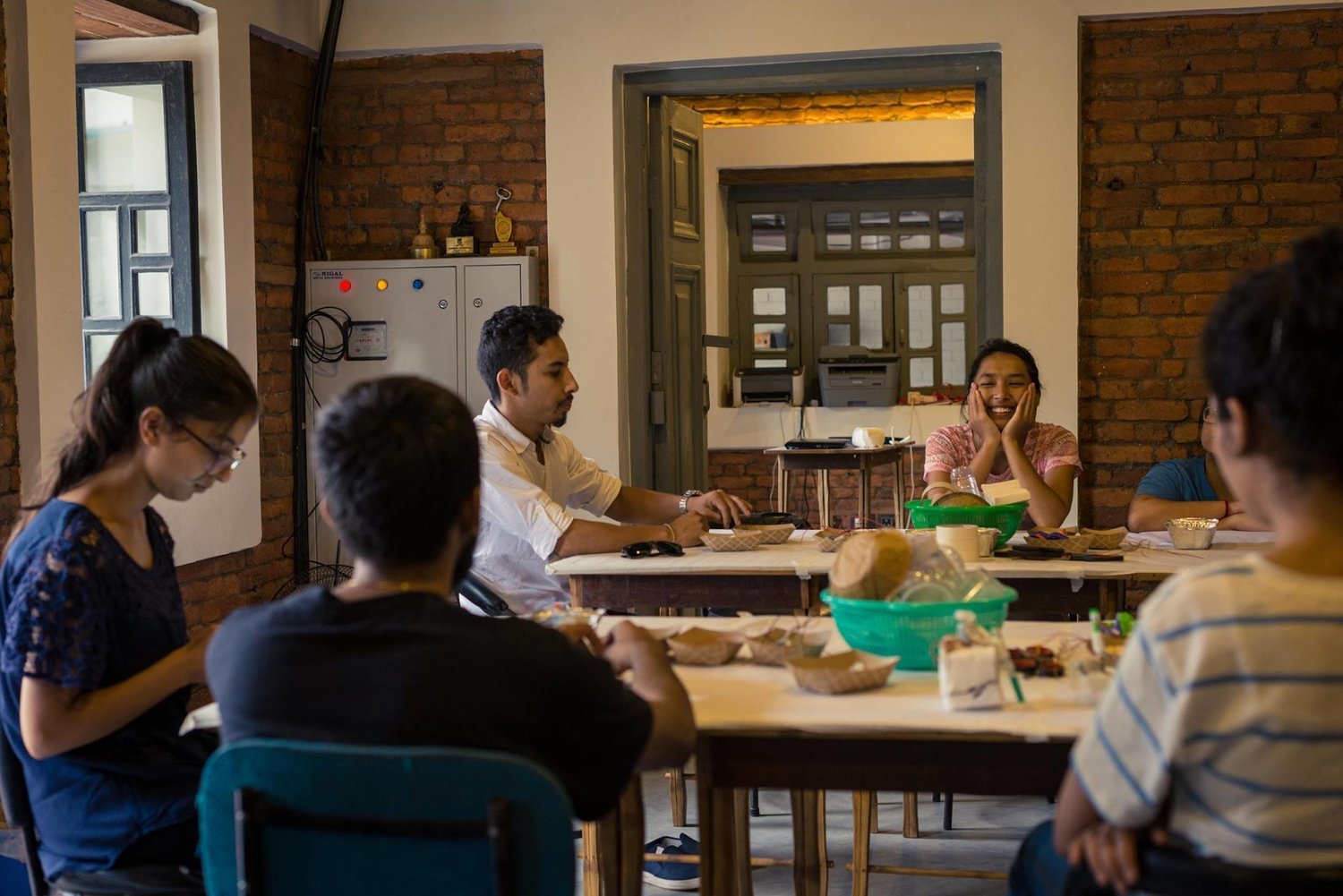The Right Time for Resistors
Last month I had the chance to do an extended residency with an amazing group of educators and designers at Karkhana, a makerspace and education center in Kathmandu, Nepal. To start off the time with the team, I led some workshops around paper circuits, scratchpaper and computational tinkering. Each time I try these activities there are new things to learn, but that's especially the case with a group of trusted colleagues. I’d like to share a few of these stories about my experiences.
The first interesting moment happened during a paper circuit workshop with the team. Paper Circuits, as developed by Jie Qi and our Tinkering Studio team is a great introduction to circuits and can provide a low threshold entry point to electronic explorations.
One downside to the activity though is that there are a lot of little things that you have to know before getting into making your circuit. The LEDs can only go a certain direction and they all have to be oriented the same way, the copper tape is sometimes only conductive on one side, and not all colors of LEDs don’t work well together.
This aspect of the activity is tough as well because when people want to make a multi-colored light up card, they usually tape in all the lights before realizing that the red light takes all of the energy due to it’s low resistance.
So during the workshop when I saw Pavrita starting to add in both blue and red lights, I came over ready to suggest that he make two separate circuits. But I saw a bin of resistors on the table and since we’ve been messing around with scratchpaper I’ve finally understood a bit more about how they work and thought that we could try something different.
We knew that the red LED had less resistance since it was the one that turned on, so we cut a gap in the copper tape connected to the blue light and started testing different values of resistors. It was cool to see how we had to really experiment with a lot of different resistor values before finding the right one so that both lights were on and bright.
Pavrita soldered the light to his card and continued with the decorations of his creation, which ultimately ended up being a really cool pop-up street scene.
I’ve noticed that being involved in the process of trying new things and developing activities can lead to different facilitation strategies. While the paper circuit activity is ultimately about making a personally meaningful creation, there are many chances to engage with scientific content as a means not an end.
In this workshop, the right moment occurred to launch into an investigation of resistors, and with my experience and the right materials I could follow the path of the learner and help him on his own path to understanding. I'll share more about some of the other fun and fascinating results of my time at Karkhana in future blog posts.




